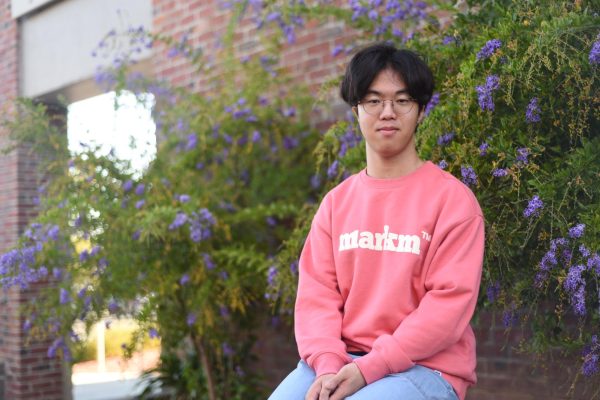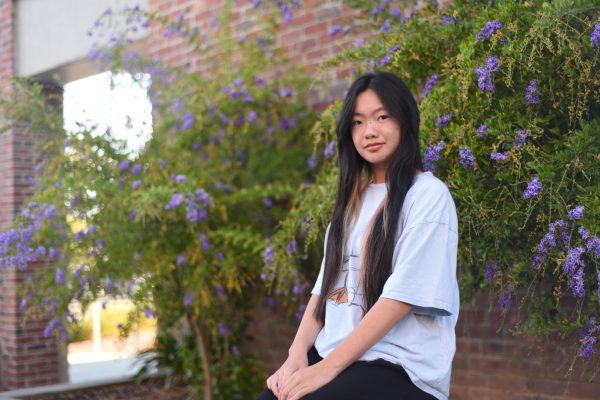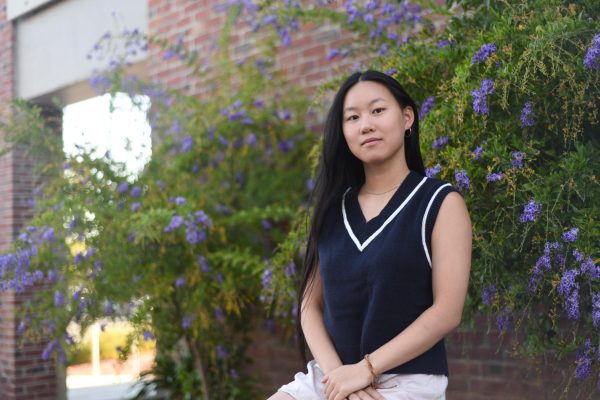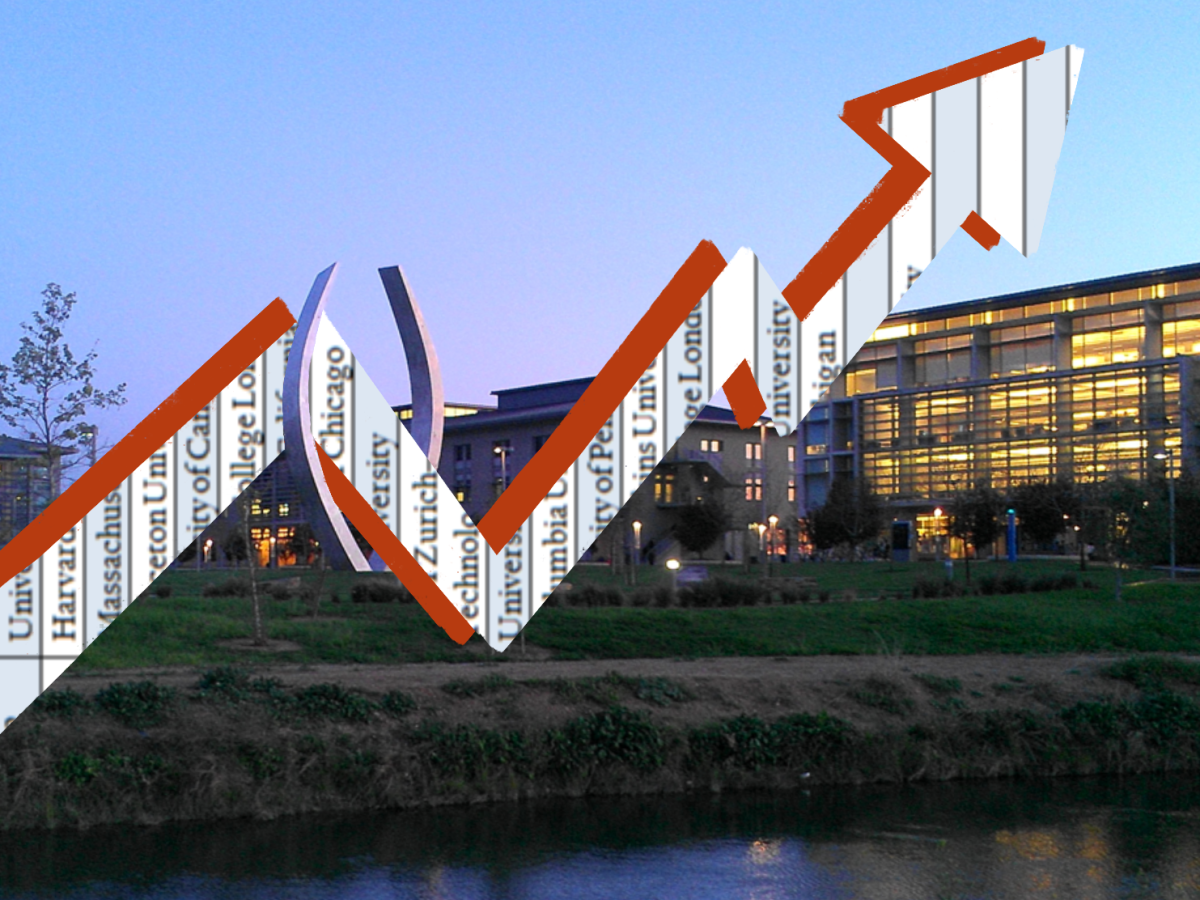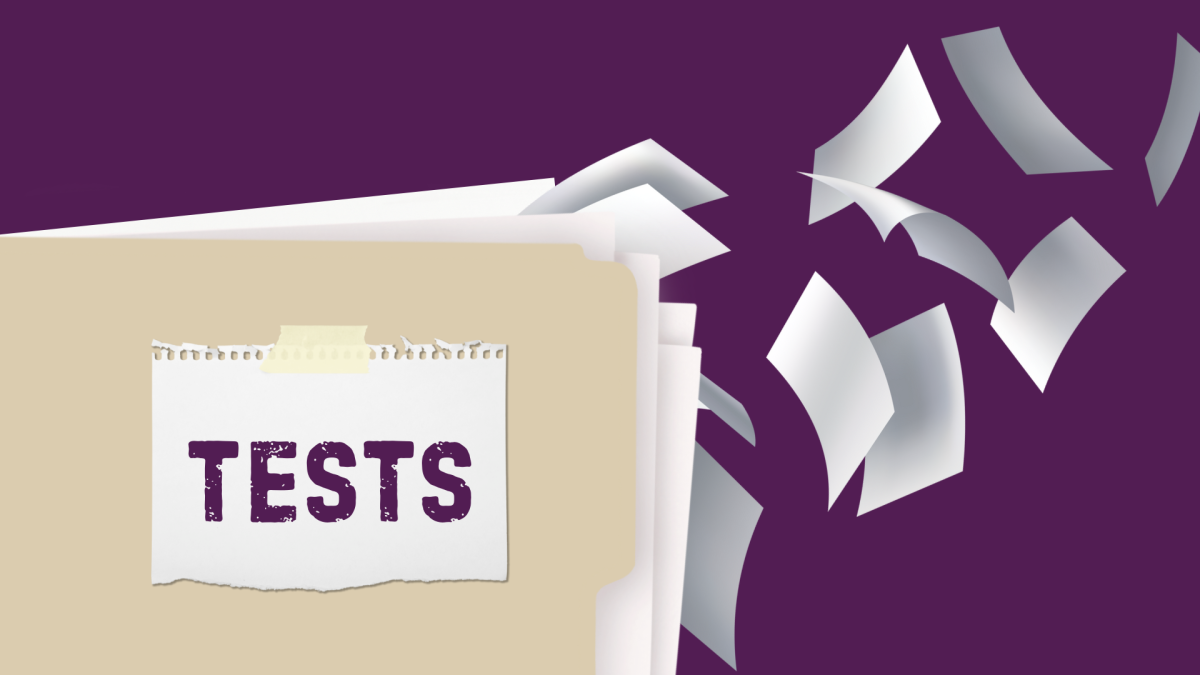When Sunnyvale parents Rosario Rivera and Claudia Camacho addressed the FUHSD Board of Trustees on the evening of Tuesday, Sept. 19, both women made a point to thank the trustees for providing two-way translation services during its public hearings.
“I am here because I want my voice here for all the Latino community,” Rivera said. “I want to thank you for the effort that you’re doing to include [us], because if there is no translation, there is not going to be participation.”
This was the Board’s second hearing regarding its decision to transition from At-Large to By-Trustee-Area elections. Citing the California Voting Rights Act (CVRA), the FUHSD Board of Trustees unanimously passed a resolution in March 2023 indicating its intention to elect Board members from trustee areas, rather than by all District voters.
The CVRA, passed in 2001 as an expansion of the federal Voting Rights Act of 1965, aims to protect minority groups’ abilities to influence local elections. In At-Large elections, all the voters in the district appoint all five Board members. If multiple seats are up for election, all voters are able to choose multiple candidates in their ballots. In By-Trustee-Area elections, the district is divided based on census data and natural or artificial borders into several smaller areas that are roughly equal in terms of population, while ensuring that protected classes of voters are not divided in a way that weakens their influence. Candidates running to represent a Board seat for their area must reside in it, and voters only elect Trustees for respective areas.
At-Large elections — FUHSD’s previous election system — may dilute minority votes, and in the case that a challenge under the CVRA were to succeed in court, the court would be required to implement appropriate remedies, including the imposition of By-Trustee-Area elections.
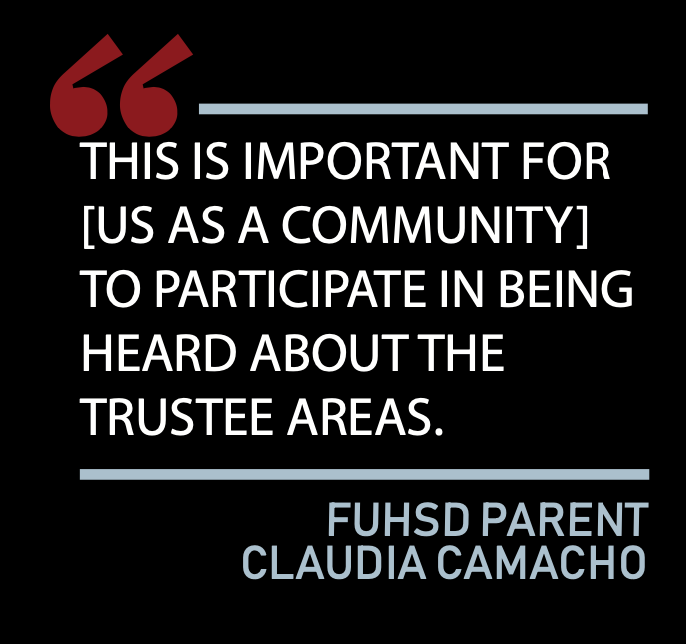 Reactions to the resolution have been mixed across FUHSD. Rivera and Camacho are only two of many district residents who have spoken up about their personal representation, as well as their hopes and fears for how the new election system could impact them and their families. Sunnyvale parents and residents have been particularly vocal about the impacts this change could bring to the northern portion of FUHSD.
Reactions to the resolution have been mixed across FUHSD. Rivera and Camacho are only two of many district residents who have spoken up about their personal representation, as well as their hopes and fears for how the new election system could impact them and their families. Sunnyvale parents and residents have been particularly vocal about the impacts this change could bring to the northern portion of FUHSD.
“It’s very important for us, because even [though] my kid is in middle school, this decision is going to be for 10 years, and our kids are going to go to high school,” Camacho said. “So this is important for me, as a Latina and as part of a community in North Sunnyvale, to participate in being heard about the trustee areas.”
What will change?
The FUHSD Board of Trustees consists of five members, each residents of FUHSD chosen for their positions via staggered elections. According to Trustee and Clerk Naomi Nakano-Matsumoto, the Board is primarily responsible for ensuring that FUHSD spends money to benefit its students; for implementing Board policies that reflect the FUHSD community and maximize student success and equity; and for the hiring and firing of the superintendent, whom the Board is obligated to evaluate each year.
“The Board does not operate as one individual — it operates as five individuals total,” Nakano-Matsumoto said. “We make decisions together as a Board. We may not always agree on the decisions, but the majority decision is what is carried forward for the school district.”
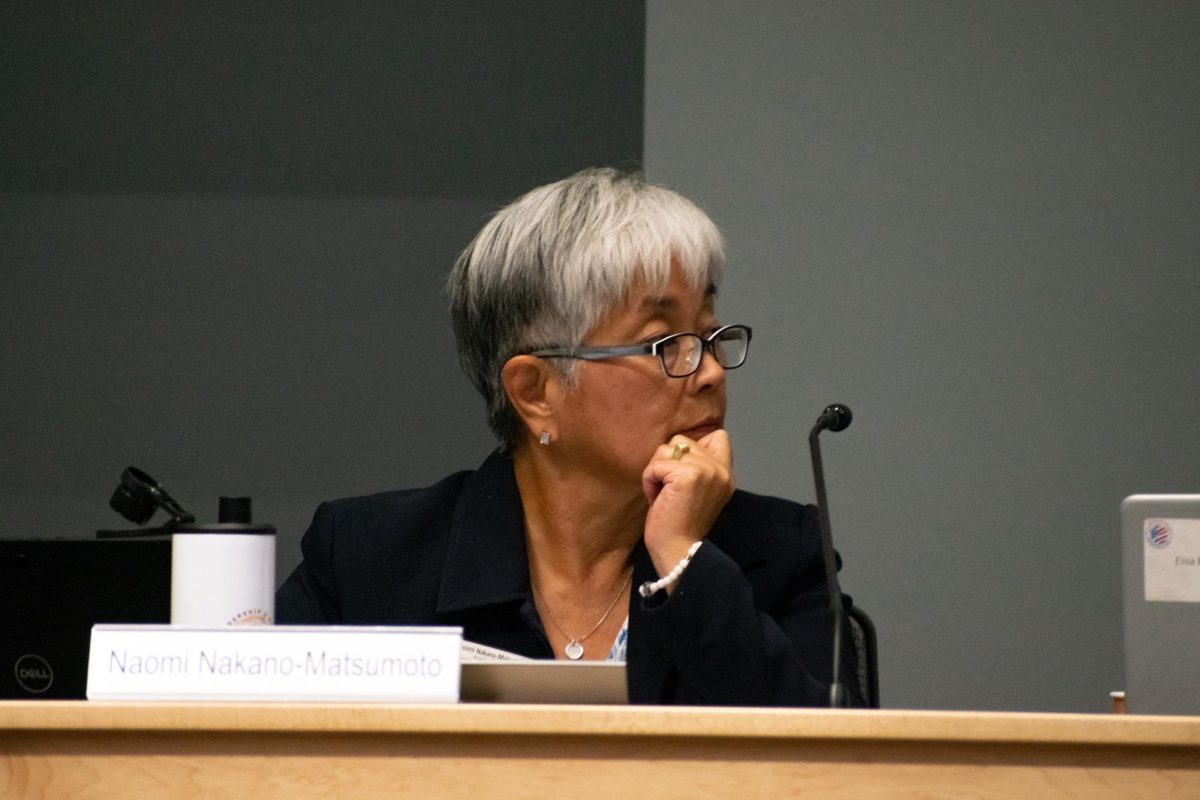
However, moving to By-Trustee-Area elections was a decision all five trustees opted for, as well as one that could have a significant impact on how the Board makes decisions moving forward. In particular, Nakano-Matsumoto both expects and hopes for an increase in representation for North Sunnyvale within the Board, as she believes that region has historically lacked a voice and consequently been underserved.
“I’m the only one [on the Board] who has kids who went to Sunnyvale School District,” Nakano-Matsumoto said. “Typically the south part of our community is very active, engaged and vocal about things like the cell towers, or the number of students getting into UC Berkeley, or the lunch food, and we’ve rarely heard from the North Sunnyvale side of our district.”
Sunnyvale for Equity and Education (SEE), an organization founded in November 2022 by Sunnyvale parent and former teacher Peggy Brewster, is one group of Sunnyvale residents who have been vocal about the reforms they believe are now becoming more feasible. Brewster says the Board’s decision came right as SEE has been advocating for better representation. Brewster hopes SEE’s other goals — improving academic equity for Sunnyvale students, whom she says are the most economically disadvantaged in all of FUHSD — can similarly be accomplished.

Fremont High School is one of two schools within FUHSD which serves Sunnyvale, and is the only public high school located within Sunnyvale. Over recent years, FHS has consistently reported lower standardized testing scores than MVHS. Of its student body, 55% have at least one parent with a bachelor’s degree or higher — nearly half of MVHS’ 95% — and 42% of its class of 2022 enrolled in a four-year college or university, compared to 87% of MVHS’ class of 2023. FHS also has five times as many students who are ELL students or economically disadvantaged compared to MVHS, according to each school profile.
Even within HHS, the other FUHSD school which serves Sunnyvale, Nakano-Matsumoto recalls learning a few years ago that all of HHS’ students in ASB lived in the same zip code, the highest socioeconomic area within HHS’ boundaries. She sees this as an example of how even ethnically diverse campuses in FUHSD have groups of students feeling as though they don’t belong in their own schools.
“Sunnyvale school district is a great educational system, [but as a community] a lot of times Sunnyvale Middle School kids felt that [Cupertino] kids thought that they were from the ghetto,” Nakano-Matsumoto said. “Even though the boundaries [between Cupertino and Sunnyvale] are right next to each other, they felt that they were less in some ways. Our district has a really great record of academic success, but the achievement gap is still there with Latino kids, lower socioeconomic kids, special [education] kids, so we can’t just say, ‘Oh, we’re great.’ We have to keep doing better.”
SEE volunteer member Lauren Ledbetter agrees, emphasizing that fixing these issues is why SEE believes By-Trustee-Area elections could have such a significant, positive impact on academic equity within FUHSD, by making the necessary radical societal reform more feasible. She hopes everyone in FUHSD will realize how much of an impact new elections will have on the future of the district. Although the number of trustees from Cupertino would decrease, FUHSD residents as a whole would benefit from being represented by someone who understands their local issues.
Both Nakano-Matsumoto and SEE believe Sunnyvale is already beginning to see those benefits. Since the closing of Sunnyvale High School 40 years ago, many students living in the northern-most area of FUHSD rely on the VTA bus system for school commutes, which can take up to an hour for the five-mile routes. When SHS was closed, students living in those areas were guaranteed bus pass access, but as decades passed, the process of obtaining passes became more difficult. According to Nakano-Matsumoto, SEE’s advocacy brought the issue to the Board’s attention and ultimately resulted in all students who live north of El Camino Real being granted bus passes earlier this year.
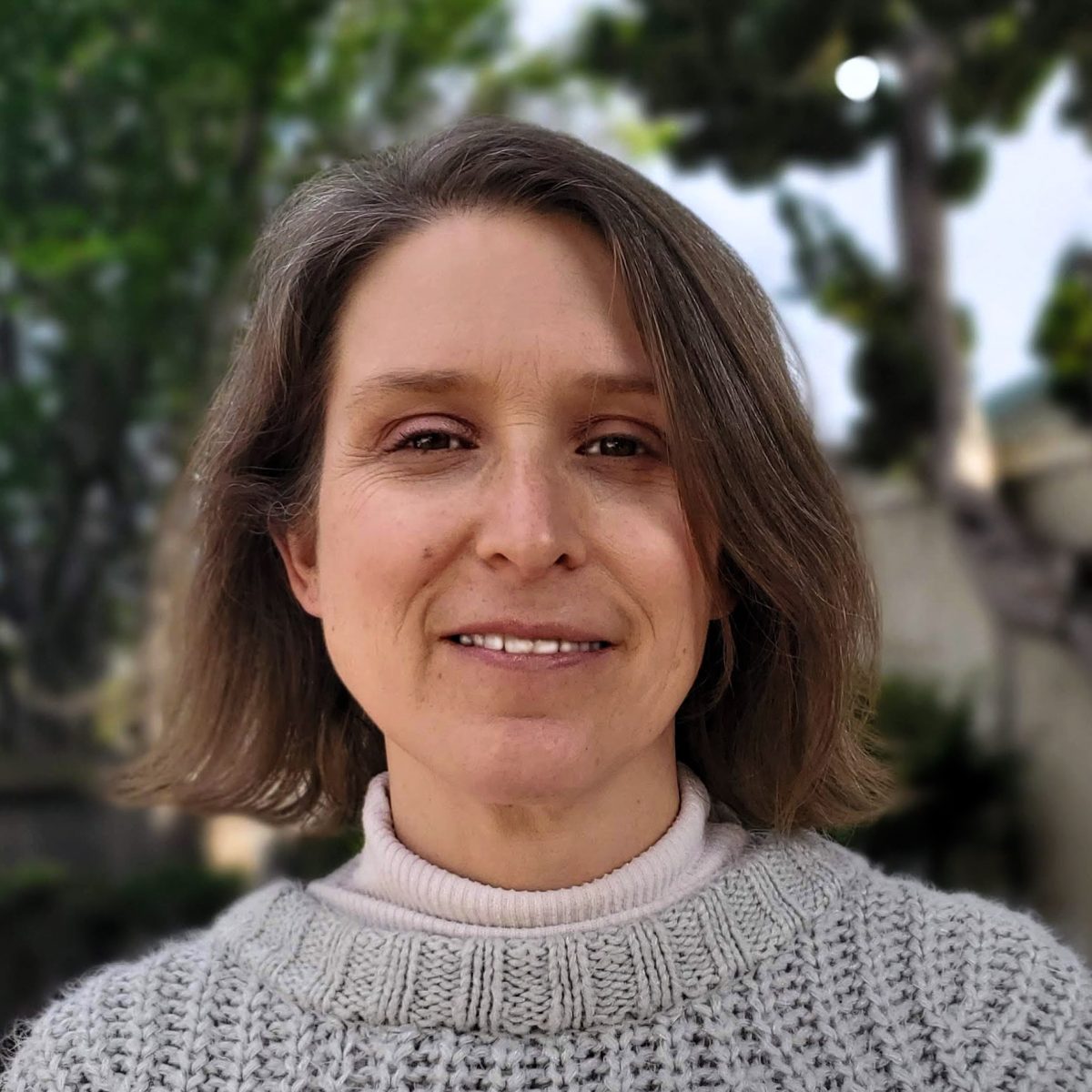
“I don’t want to call [the reforms for transportation] easy, but those were low hanging fruits that [the Board] were able to very quickly act on,” Ledbetter said. “But they didn’t do it before because they didn’t know it was a problem. No one had ever told them. And so at the very least, having someone who knows what the problems are — who can bring them up — that’s going to make a lot of difference.”
Ultimately, Ledbetter says SEE’s long-term goal is to open another school in northern FUHSD, which would make education more accessible for residents in that area, who are already the most economically disadvantaged in all of the district. However, this may not be possible, given that FUHSD’s overall student enrollment has been steadily declining. Superintendent Graham Clark said during the Sept. 19 public hearing that the Board currently has no plans to open a sixth school.
Regardless, Nakano-Matsumoto says it’s hard to predict how the Board and its policies will change in coming years. Not only will Board representation be more evenly distributed across FUHSD, but By-Trustee-Area elections will also reduce campaign expenses due to smaller areas to cover, making the position accessible to a wider variety of residents. In other words, anything can happen.
What’s happening now?
For SEE and many FUHSD community members, in regards to the new election system, the Board should primarily be focusing on one thing — outreach. FUHSD has embarked on a community education campaign as the first phase in the transitioning into the new election system by posting on social media accounts, sending a mass email to approximately 30,000 individuals in early August and delivering informative postcards to all 105,000 residences within the district.
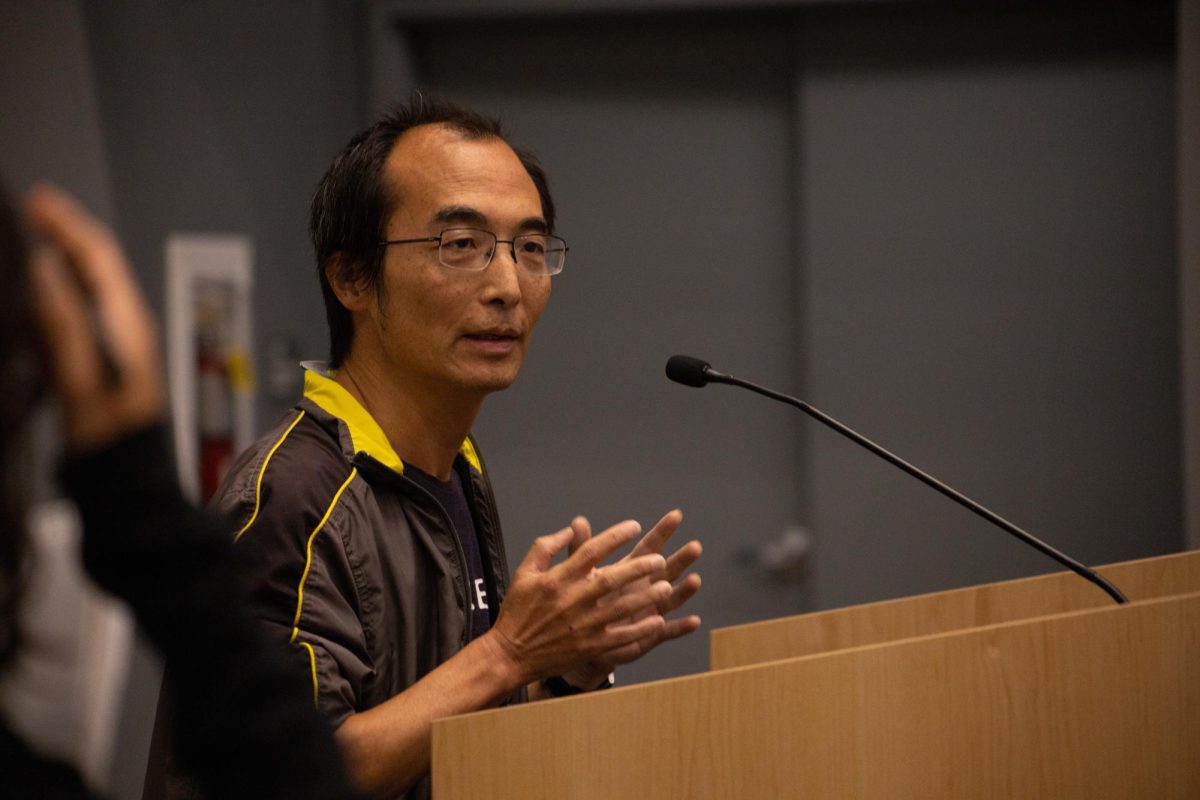
At the Sept. 19 hearing, Cupertino parent Angan Das said he had heard from multiple parents that they believed the Board’s election transition was a hoax. Of those who were genuinely invested in the transition, Rivera and FUHSD parent Yong Lu were two of multiple speakers at the hearing who told the Board that they were only just learning of the new system.
“[Without the postcard] I wouldn’t even know this transition had happened until this moment,” Lu said. “Now, [it] looks like the change is going to happen anyways. The key thing on top of my mind is how the map [for trustee districts] will be drawn and how the map will come out.”
According to Brewster and Ledbetter, SEE has been focusing on community outreach on their end and in collaboration with FUHSD, primarily at elementary and middle schools within Sunnyvale, as those schools already have excellent outreach with their families. With the help of people such as Paulina Zapata, an engagement specialist for the nonprofit organization Sunnyvale Community Services, and Deputy Sunnyvale City Manager Jacqui Guzman, SEE is hoping to connect with Sunnyvale’s Hispanic population and arrange community mapping sessions. This way the Board is informed on how to draw the district lines in a way community members will appreciate and benefit from.
“[FUHSD is] going a little beyond what they’re legally required to do,” Ledbetter said. “[But] unless you’re already really, really interested in politics and redistricting and all kinds of stuff like that, and understand the implications, then you’re not going to care. That’s a challenge that the district has [and that] SEE has when we’re trying to also get the word out.”
Another obstacle for outreach may be that underrepresented voters don’t believe their voices can be heard. Nakano-Matsumoto recalls North Sunnyvale residents being surprised when she campaigned door-to-door for her Board position. They would tell her, “No one’s ever come out to talk to us.”
Nakano-Matsumoto, Brewster and Ledbetter also all emphasize that responsibilities such as work and childcare make it difficult for many community members to attend the Board’s Tuesday 6 p.m. public hearings, particularly those who are socioeconomically disadvantaged.
“There’s a lot of trust building to be done, honestly,” Brewster said. “Just [saying], ‘Hey, show up and learn about this process so you can participate’ is not necessarily going to get people into a community center room up here in Sunnyvale. [FUHSD also hasn’t] made any public decisions about what will be provided or what they’re planning on doing.”
Residents are unsure how a Board where each member represents a distinct community would handle contentious subjects, especially given the recent uptick in advocacy for equity across the district. For instance, Lu said during the Sept. 19 hearing that he is choosing to believe the Board will aim “not to take away one piece and give to somebody else,” but instead hold all students to the same high bar.
 Nakano-Matsumoto says she ultimately believes the potential benefits of transitioning to By-Trustee-Area elections could outweigh the costs. Although the Board had a variety of motivations for the change, ranging from fear of fines or the expenses of litigation under the CVRA or simply because it was morally correct, she says the precise details don’t matter as long as the Board is still acting in the best interests of the people it serves.
Nakano-Matsumoto says she ultimately believes the potential benefits of transitioning to By-Trustee-Area elections could outweigh the costs. Although the Board had a variety of motivations for the change, ranging from fear of fines or the expenses of litigation under the CVRA or simply because it was morally correct, she says the precise details don’t matter as long as the Board is still acting in the best interests of the people it serves.
“We looked at everything and in the end, as a school Board, we felt that this is the right thing to do,” Nakano-Matsumoto said. “We can’t continue to make decisions as a district when all voices and all communities aren’t part of the table.”








